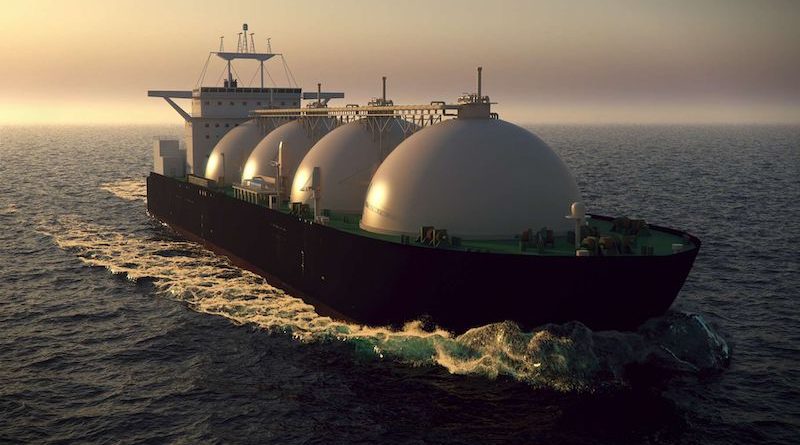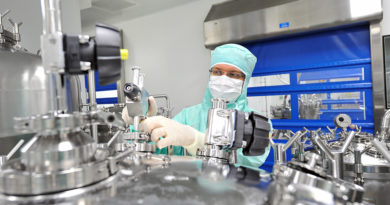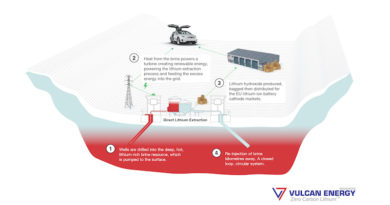
Increasing Europe’s energy autonomy
Since taking office at the end of 2019, this Commission under President Ursula von der Leyen has taken a range of important initiatives linked to the clean energy transition. The European Green Deal was foreseen as the main flagship initiative. With this in mind, last year, the European Commission tabled concrete moves for taking things forward and achieving significant advances in this decade – with proposals for raising the ambition of EU rules on renewables, on energy efficiency, on the energy performance of buildings, reducing methane emissions, and updating market rules for decarbonising the gas sector.
Taken together with parallel measures in other policy areas, we estimate that these measures can reduce our greenhouse gas emissions by 55% by 2030. This is why we sometimes refer to these measures as the “Fit for 55” package.
And we are already working closely with the French Presidency of the Council and the European Parliament to take these dossiers forward.
The Russian invasion of Ukraine has taken this already massive challenge to a completely new level, however. Putin’s war has made it absolutely clear that we need to move even faster, to reshape the European energy system and end our dangerous dependency on Russian fossil fuels as soon as possible.
This is not the first time we face this truth in the EU. Since 2009, when Russia stopped gas deliveries to Ukraine, we have worked hard to diversify our supplies. That year, LNG imports were just over 4 billion cubic metres (bcm) per month. Now, it’s 10 bcm with potential to grow. Since 2009, eight new LNG terminals have come online in the EU.
Thanks to these efforts, we are in a much better position than we were five or ten years ago. But we are not yet where we need to be.
In energy, things take time and the urgency to give up Russian gas was perhaps felt more strongly in some Member States than others. Putin’s actions have made this urgency felt across the EU.
We all agree that affordability, sustainability and security concerns in the long run have the same answer: the Green Deal. But juggling these three goals will not be easy.
First, let me address what we need to do now, in the short-term. We need to protect our people and businesses from the impact of exceptionally high prices.
Energy prices have been surging since last autumn, aggravated by Gazprom’s unusual behaviour on the market – keeping gas flows low despite high prices. Russia’s aggression against Ukraine has added to the price pressure. And markets are also nervous about the risk of Russian retaliation. In October, we adopted a toolbox of measures, identifying options for targeted support, state aid and fiscal measures that could be introduced at national or EU level. Every Member State has already taken up or is planning to take up some of these options. But as the situation has evolved, it’s no longer sufficient. As a further response, also to the Russian aggression in Ukraine, we published a new Communication on March 8, which looks at the way forward. In these extraordinary circumstances we are facing now, Member States can regulate electricity prices for households and micro-enterprises. This is an option that the EU framework already allows and the March 8 document provided detailed guidance on how to design these schemes.
The Commission will also launch consultations with Member States on a new Temporary Crisis Framework for State aid – similar to the one introduced to mitigate the impact of COVID. This could allow them to compensate businesses for part of the increase in energy costs related to the Russian invasion.
To put these support measures in place, Member States need funds. In this new document we confirm that they can consider introducing a temporary tax on windfall profits created by the exceptionally high electricity prices.
Here as well, we have published guidelines for how this can be done.
Member States can also use revenues from the Emissions Trading System (ETS). From January 2021 to February 2022, emission trading has generated €30 billion for national budgets. This can be channelled to support consumers in these difficult times.
Another immediate concern is to make sure that Europe is ready for an interruption of supply. We have assessed possible scenarios for partial and full disruption of gas flows from Russia. Thanks to the mild weather and increased LNG supplies, we expect to be on the safe side for the remaining weeks of this winter: but we need to get ready for the next one.
For that, it’s crucial to ensure that our gas storage is filled when the next heating season starts. In April, we will propose legislation to require that the storage is at least 90% full by the beginning of the heating season. The proposal will also identify gas storage as critical infrastructure and tackle ownership risks.
Looking ahead, there is a clear need for a more coordinated EU policy on gas – on buying and storing, and also diversification of supply is important and improving infrastructure, as we move away from Russian gas.
This is what we will do under the REPowerEU initiative, outlined on March 8. LNG deliveries to the EU have already massively increased, but there is room – and a need – for more. As we are not ready yet to give up gas entirely, we must make sure that as much of it as possible comes from non-Russian sources.
The other side of the coin is reducing the need for fossil gas in the first place – by boosting alternatives and saving energy. This means more biomethane and renewable hydrogen, more renovation, heat pumps and solar panels on rooftops. It also means getting serious about saving energy, which should become everyone’s contribution to solving this current crisis.
At the same time, we cannot talk about a renewables revolution if getting a permit to build a wind park takes seven years! It is time to treat these projects as being in the overriding public interest – because they are.
We will propose that Member States create go-to areas that are particularly suitable for renewable projects. We need to speed up permitting for renewable energy projects.
Another initiative will be looking to facilitating Power Purchase Agreements. But in all areas we should be ready to consider changing our current rules, if they are holding us back.
Already with last year’s “Fit for 55” proposals, we tabled measures that, once implemented, will reduce the EU’s total gas consumption by 30% by 2030. With the additional drive outlined on March 8 – frontloading our investments, diversifying our energy supplies away from Russian fossil fuels, and working more closely together at EU level – we estimate that we can reduce our energy imports from Russia by two thirds by the end of 2022. This will end our over-dependence on Russian gas and help us repower Europe.




